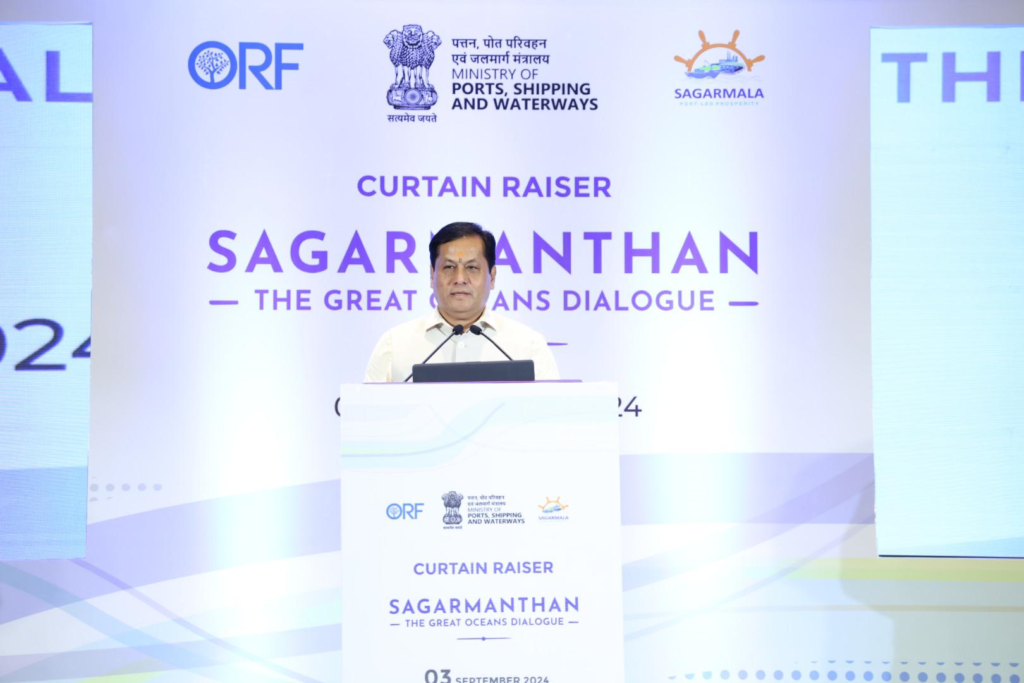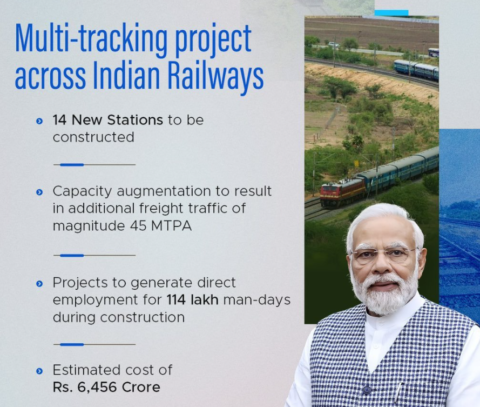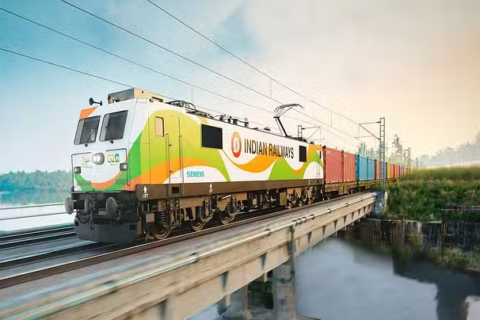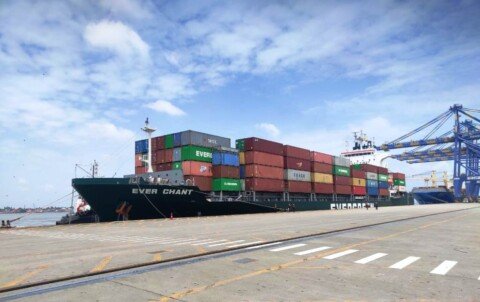India’s logistics landscape is set for a significant transformation with the development of the Vadhvan Port, an ambitious $10 billion project that will create approximately one lakh jobs during its construction phase and over 12 lakh jobs once operational, according to Minister of Ports, Shipping, and Waterways Sarbananda Sonowal. Speaking on Tuesday, Sonowal emphasised the port’s pivotal role in advancing India’s maritime logistics and supply chain capabilities.
At a curtain-raiser event for ‘Sagarmanthan – The Great Oceans Dialogue,’ scheduled for November 18 and 19 in Mumbai, Sonowal unveiled the dialogue’s logo, underscoring the Ministry’s commitment to enhancing the efficiency and sustainability of the maritime sector. He highlighted that India’s maritime logistics has made considerable strides in decarbonisation and digital transformation over the past decade, making the country one of the first large economies to develop a comprehensive green transition action plan for ports, harbour crafts, and inland vessels.
The Vadhvan Port, a Greenfield mega container port, was spotlighted as a key initiative to bolster India’s logistics infrastructure. With its foundation stone laid by Prime Minister Narendra Modi on August 30, the port has already garnered substantial international interest from industry giants like Singapore’s PSA and Denmark’s APM Terminals. Upon completion, Vadhvan Port will triple the size of Jawaharlal Nehru Port (JNPT), with a capacity of 298 million metric tonnes (MMT), propelling it into the ranks of the world’s top 10 ports, according to P. Kumaran, Officer on Special Duty in the Ministry of External Affairs.
Sonowal also pointed to the success of the 3rd Global Maritime India Summit, where India secured over $119 billion in investment commitments, reflecting the country’s growing prominence in global maritime logistics. The Sagarmanthan dialogue, he added, will further enhance India’s position by fostering collaboration and innovation in sustainable maritime logistics, addressing challenges, and exploring new opportunities for the sector’s future growth.







